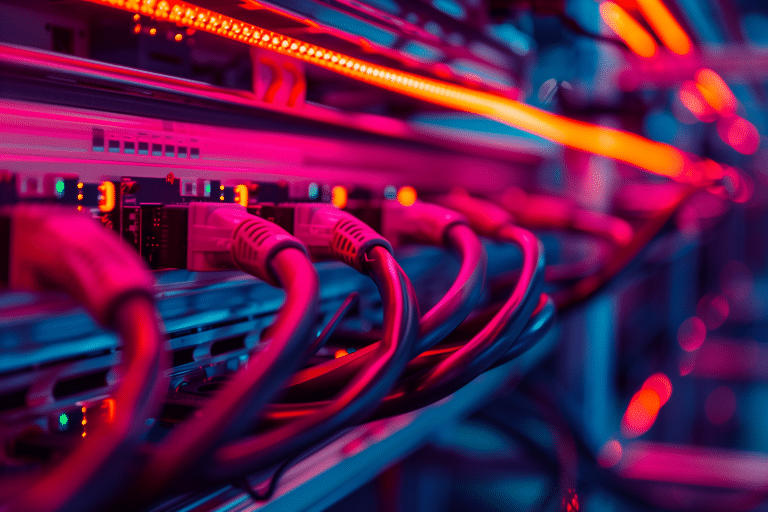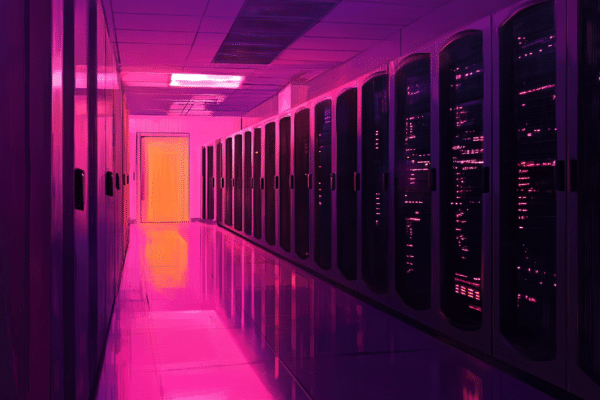Meta has shared the results of an extensive study on the training of its artificial intelligence model Llama 3 405B, conducted on a cluster of 16,384 NVIDIA H100 GPUs with 80 GB of HBM3 memory. The training process, which lasted 54 days, was impacted by numerous hardware failures, highlighting the challenges faced in supercomputing at this scale. This article breaks down the main findings of the study and the impact of these failures on the model's performance and efficiency.
During the training period, the Meta team recorded a total of 419 unexpected component failures, which equates to a rate of approximately one failure every three hours. In such a complex system, composed of multiple elements like CPUs, motherboards, RAM, SSDs, GPUs, power systems, and cooling systems, these issues are inevitable. However, half of these failures were specifically due to problems with the H100 GPUs or their integrated HBM3 memory, underscoring the fragility of the most advanced components under intensive workloads.
Challenges in System Maintenance and Diagnostics
Managing a cluster of 16,384 GPUs represents a significant challenge, where even the failure of a single GPU can disrupt the entire training process. Despite these obstacles, the Meta team managed to maintain an effective training time of over 90%. This was partly due to the use of advanced internal tools, such as PyTorch's NCCL flight logger, which was crucial for the rapid identification and resolution of issues, especially those related to NCCLX, a tool that captures metadata and stack traces.
The planned interruptions, totaling 47, were primarily due to automated maintenance. These were complemented by unplanned interruptions, amounting to 419, of which 58.7% were attributable to GPU issues, including NVLink errors. Additionally, HBM3 memory failures accounted for 17.2% of the problems, reflecting the significant thermal stress and high power consumption (around 700 W per GPU) that these units experience during prolonged operations.
Comparisons with Other Platforms
The study also revealed that temperature fluctuations, especially during midday, affected system performance, causing a 1-2% variation. This impact, though relatively minor, was due to adjustments in dynamic voltage and GPU frequency scaling. Despite these challenges, the team managed to maintain overall training efficiency.
In comparison, Elon Musk has developed a cluster with 100,000 H100 AI GPUs, highlighting the magnitude of these systems and the associated maintenance challenges. This scale of operation suggests that the number of failures could be considerably higher, emphasizing the need for robust solutions for hardware and power management in data centers of this size.
Meta's training of the Llama 3 405B model highlights both the advancements and challenges in the field of large-scale artificial intelligence. As companies continue to push the boundaries of technology, the need for reliable hardware and advanced tools for diagnostics and problem resolution becomes increasingly critical. Meta's work with Llama 3 not only demonstrates its commitment to developing open AI but also provides valuable lessons for the broader tech community.





